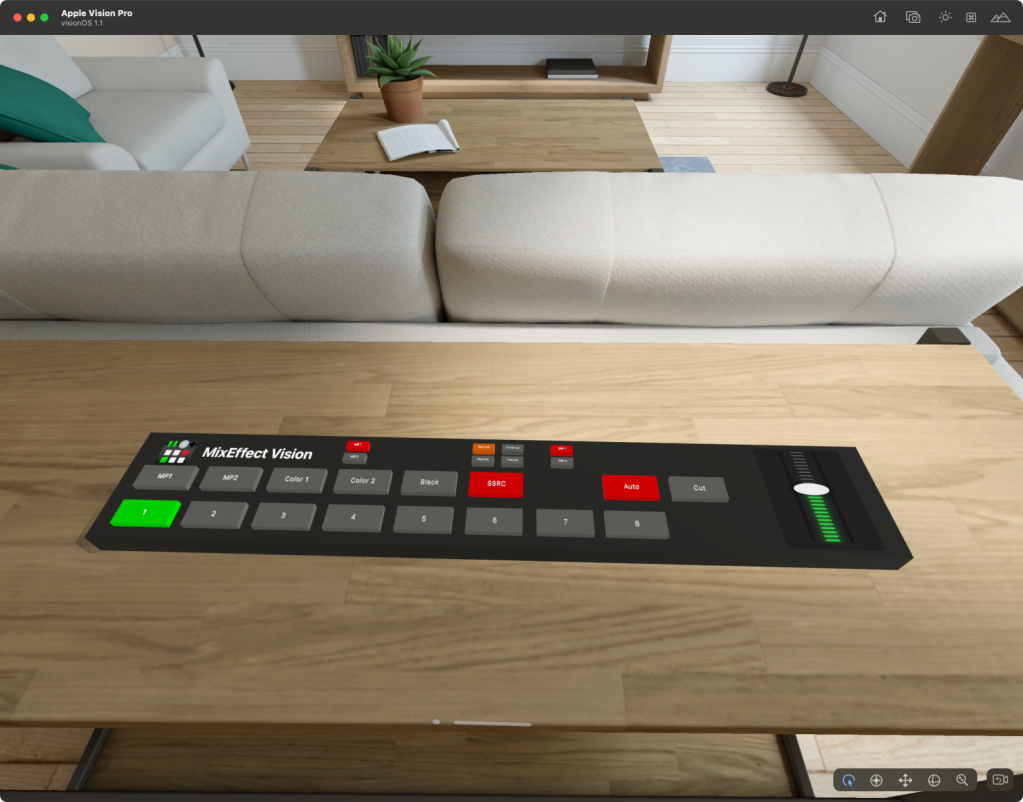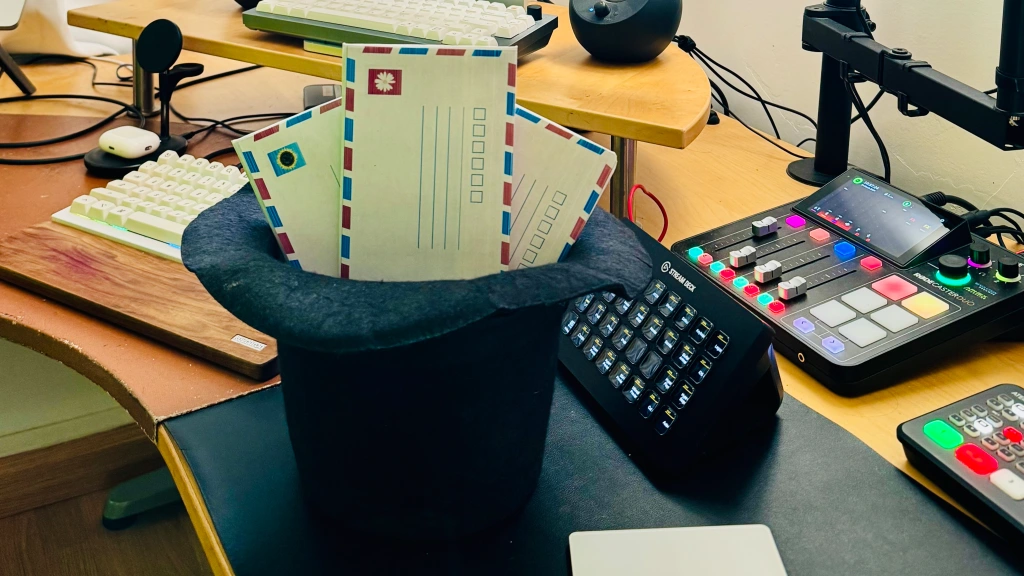My secure, wireless, and automated photography workflow relies heavily on power-hungry devices, from a portable Wi-Fi travel router, a Canon EOS 5D Mark IV DSLR, and an iPhone 6S Plus. I have a definite need for supplemental power for each critical component in this workflow.

I’ve been down this path before. In 2009, months before the introduction of the first MiFi device from Novatel, I was using a USB EVDO modem attached to a Cradlepoint Router and an external battery pack to provide hotspot access while traveling to promote my documentary film Autumn Gem. Additionally, my Canon EOS 5D Mark II was equipped with a prototype CF-SD card adapter, which I tried to use with an Eyefi card (I recall having some connectivity and interference problems and it not working as well as I had hoped).

In 2017, USB is the standard for powering portable devices, and there are battery banks and solar chargers that fit everyone’s needs. We’ve certainly come a long way since 2002 when I was testing a solar-powered battery charger for the original Canon EOS 1D DSLR. As you can see from the photo, that arrangement was not practical size-wise nor was it particularly speedy at charging the NP-E3 batteries.
Today, I have two battery setups. One handles casual use and the other covers a intensive day of photography.

In the first case, I use two of these slim battery banks, each with a capacity of 2200 mAh. The one shown in the photo above can power the GL-AR300M router for about eight hours and also has an on/off switch. This means I can plug the battery into the router but have it switched off until I need it on (other battery banks provide power the moment the USB cables are connected). The other power bank is used with the iPhone 6S Plus. While it won’t fill up the 6S Plus’ battery (2750 mAh) to 100%, it should let me get through a full day of having Personal Hotspot turned on (if Wi-Fi is not available).
I’ll use this setup, along with a spare LP-E6 battery for the camera, when I need to travel light.

When I’m going to be out all day shooting, I’m going to need to power and charge multiple devices in the field. In this scenario, I’ll be bringing the Anker PowerCore II 20000 Portable Charger, a beast of a battery bank that has a capacity of 20,000mAh and features three USB ports (up to 3 Amps per port and 6 Amps total output). The photo above shows it powering the Wi-Fi travel router, two LP-E6 batteries for my camera, and my iPhone at the same time. The battery should have sufficient capacity to allow me to run my photography workflow for several days before the PowerCore itself needs to be recharged.
Canon’s LP-E6 battery charger only works when plugged into AC, and it only has space for one battery. I picked up a Wasabi Power Dual Charger from Blue Nook. It accommodates two batteries and can charge over USB. It only outputs 600 mA (to each battery) compared to 1.2A of the Canon charger. I’ll take slow over having an empty battery any day.

Finally, the PowerCore has ample capacity to charge other devices with small batteries. For instance, the power capacity in AirPods charge case is only 398 mAh. The Anker could recharge the iPhone 6S Plus 7 times and still have enough energy to keep the AirPods running for 13 days (theoretical, of course, since some battery capacity will be lost as heat during the charging process).
Purchasing Links
Below are some affiliate purchasing links for the products that I have mentioned in this article. This means I may get paid a small fee should you purchase something from the link. Thanks for supporting this website!
- Anker PowerCore II 20000 Portable Charger, Power Bank with 3 PowerIQ Fast-Charging Ports, 6A Output, Dual Input and 4A Fast Recharging
- Wasabi Power Battery (2-Pack) and Dual Charger for Canon LP-E6, LP-E6N








Leave a comment